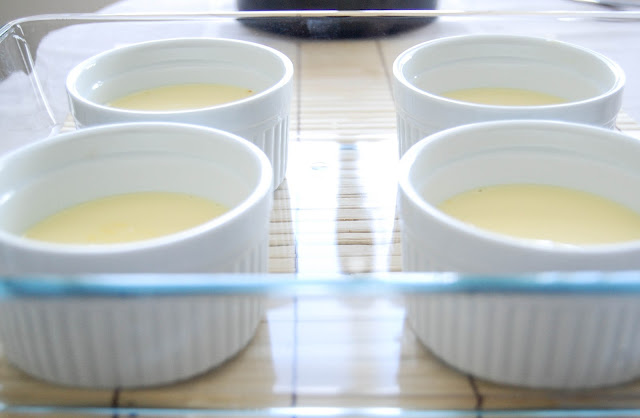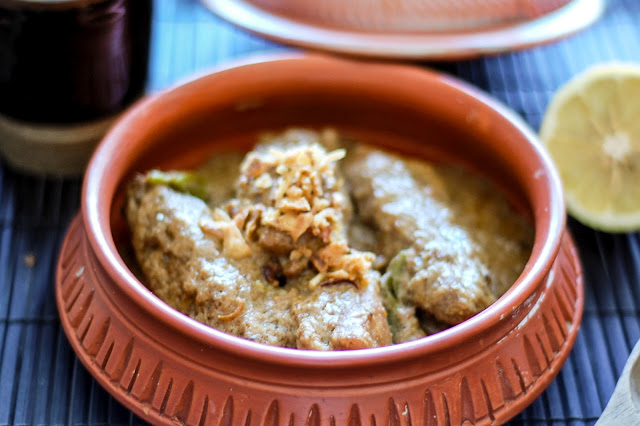Traditionally sweets, such as the one I talk about today are a very integral part of Bengali culture. They are offered when guests arrive or they are treats that guests bring as gift. There is a warm, soothing quality to it which comes from the gentle use of spices like saffron or cardamom and the rich sweetness solidifies their status as cherished treats. Being deep fried and then soaked in a flavored sugar syrup, it is not the usual end to an everyday meal. But for special occasions there can be nothing better than a Jilapi/ Jalebi.
This is a relatively hard dish to master but the end results are completely worth the pain.
Jilapi batter
1 cup plain flour
1 and ½ tablespoon gram flour (besan, also known as chickpea flour)
1 teaspoon yeast
1 tablespoon oil
1 teaspoon sugar
3/4 cup of lukewarm water
Sugar syrup
1 cup sugar
1/2 cup water
1/2 teaspoon lemon juice -- to prevent crystallization
1/2 tablespoon rose water (optional)
pinch of cardamom powder (optional)
Dissolve yeast in warm water and wait for 5 minutes till the yeast blooms.
Add all the ingredients to make the batter. You can choose to add more or less water to achieve the right consistency, which should be like a pancake batter. Leave aside covered with a clear wrap or a kitchen towel for at least an hour.
If you are making jilapi the next day it's completely ok to stick this in the fridge. Just make sure to take it out at least an hour before you actually fry the batter.
Now onto making the syrup. Heat up the sugar water mixture and stir with a wooden spoon. Boil till you reach a one thread consistency ( at the thread stage there's still a lot of water left in the sugar and the temperature on a candy thermometer should be around 215 degree F or 101 degree C). At this stage, usually I barely touch the spoon with my index finger, then touch the index finger with the thumb and gently pull apart. If one thread is formed then the syrup is done. And you immediately switch off the flame. If you feel that the sugar is getting too thick add a little more water and boil again. If you will be adding cardamom, saffron or rose water do it at the beginning or the end. It really makes very little difference.
Now on to the actual frying bit. Heat up at least an inch of oil in a cast iron skillet or your favorite frying pan. The oil needs to be at a temperature so that when you drop a little batter it sinks for barely a second before rising to the top and sizzling.
Hold the empty bottle or ziplock bag full of jilapi batter (with one end snipped) and pipe concentric circles into the hot oil quickly making sure to join the ends. Speed is your best friend here. Do it slowly an you end up with squiggly jilapi. But it'll still taste good.
Fry the jilapis till they are golden brown on both sides. and set aside.
Transfer the fried jilapi one by one into the sugar water slurry and dip completely for 20-30 seconds. The hollow jilapi will take in the flavored sugar syrup while remaining crispy on the outside.
Serve warm.
Enjoy.
Do not eat everyday.
That is all...
Sugar syrup
1 cup sugar
1/2 cup water
1/2 teaspoon lemon juice -- to prevent crystallization
1/2 tablespoon rose water (optional)
pinch of cardamom powder (optional)
Dissolve yeast in warm water and wait for 5 minutes till the yeast blooms.
Add all the ingredients to make the batter. You can choose to add more or less water to achieve the right consistency, which should be like a pancake batter. Leave aside covered with a clear wrap or a kitchen towel for at least an hour.
If you are making jilapi the next day it's completely ok to stick this in the fridge. Just make sure to take it out at least an hour before you actually fry the batter.
Now onto making the syrup. Heat up the sugar water mixture and stir with a wooden spoon. Boil till you reach a one thread consistency ( at the thread stage there's still a lot of water left in the sugar and the temperature on a candy thermometer should be around 215 degree F or 101 degree C). At this stage, usually I barely touch the spoon with my index finger, then touch the index finger with the thumb and gently pull apart. If one thread is formed then the syrup is done. And you immediately switch off the flame. If you feel that the sugar is getting too thick add a little more water and boil again. If you will be adding cardamom, saffron or rose water do it at the beginning or the end. It really makes very little difference.
Now on to the actual frying bit. Heat up at least an inch of oil in a cast iron skillet or your favorite frying pan. The oil needs to be at a temperature so that when you drop a little batter it sinks for barely a second before rising to the top and sizzling.
Hold the empty bottle or ziplock bag full of jilapi batter (with one end snipped) and pipe concentric circles into the hot oil quickly making sure to join the ends. Speed is your best friend here. Do it slowly an you end up with squiggly jilapi. But it'll still taste good.
Fry the jilapis till they are golden brown on both sides. and set aside.
Transfer the fried jilapi one by one into the sugar water slurry and dip completely for 20-30 seconds. The hollow jilapi will take in the flavored sugar syrup while remaining crispy on the outside.
Serve warm.
Enjoy.
Do not eat everyday.
That is all...
























.jpg)





